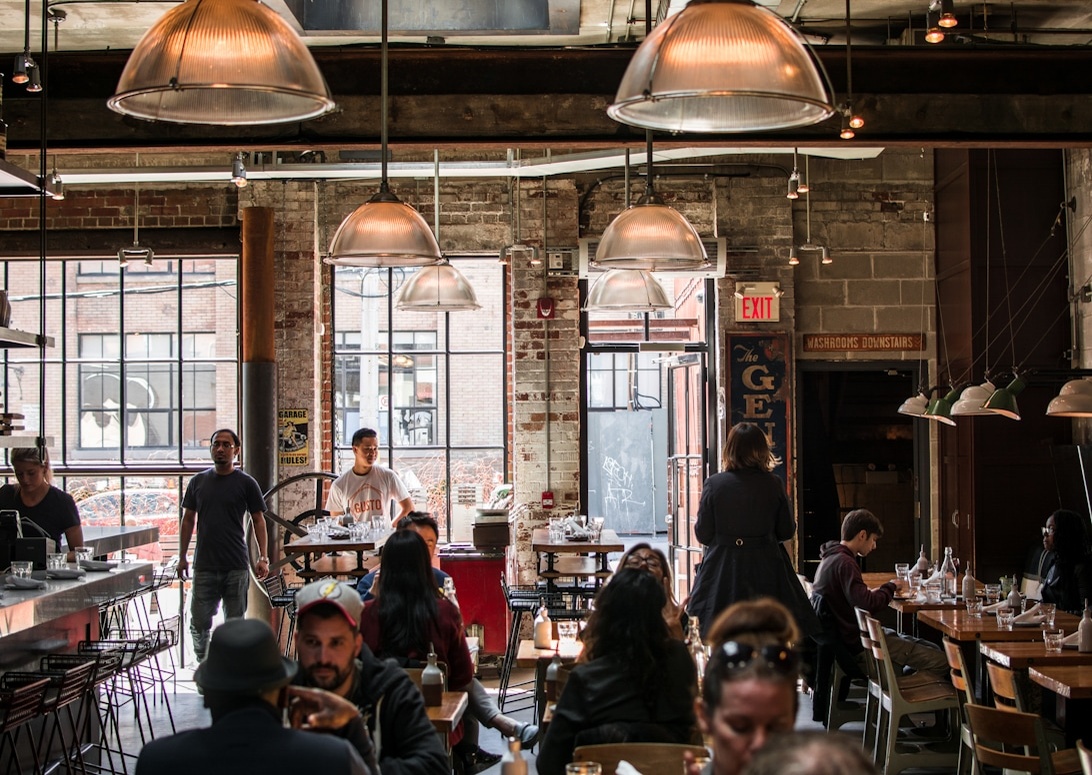
The Psychology of Restaurant Music: How Sound Affects Dining Experience
Music in restaurants is far more than just background noise. It’s a powerful, often underestimated factor that influences guest behavior, perceptions, and even the perception of taste. This article explores the complex psychology behind restaurant music and how the sonic landscape can be strategically used to optimize the dining experience.
The Impact of Music on Guests
Restaurant music serves multiple functions. It can enhance the flavors of food, create a specific atmosphere, and influence menu choices. Research shows that music can act as an external factor influencing how much food an individual consumes. A systematic review and meta-analysis revealed that music generally has a small but significant positive effect on food intake. However, the effect is complex and influenced by the music’s volume, genre, and tempo, as well as individual factors like BMI.
The Significance of Volume
Music volume is a crucial factor. High volume levels can lead to increased stress and excitement, which in turn can undermine self-control and lead to choices of fattier and sweeter options. For example, an article in *Psychology Today* described how a restaurant owner deliberately increased the volume to create a “buzz” and encourage guests to order more. Research also shows that a lower volume can lead customers to purchase more healthy options. A calmer environment with low-volume music can therefore promote healthier food choices, as research confirms.
Genre and Tempo
Different musical genres have distinct effects. For instance, rock music has been associated with higher alcohol consumption, while classical music, in some cases, has been shown to reduce the intake of salty foods. Customers also tend to spend more at restaurants when classical music or jazz is played. One study found that classical music made customers feel more comfortable and relaxed, leading to higher evaluations of the restaurant and an increased likelihood of returning. Moreover, consumption increased by 20% with classical music. The tempo of the music also plays a role: faster tempos have been linked to higher food intake and faster eating, while slower music can encourage more relaxed eating behavior. Slow-tempo music may encourage guests to stay longer and spend more.
Sound, Taste, and Overall Experience
Music not only influences behavior but also the perception of taste. High sound levels can reduce the ability to perceive taste. High-pitched sounds are associated with sweetness, while deeper tones are linked to bitterness. Therefore, restaurants can use music to emphasize flavors. Research in experimental psychology suggests that excessive sound can alter the perception of food. “Sonic seasoning,” a concept developed by researchers in the field, involves deliberately using music to enhance or alter specific flavors. This highlights the impact of sound.
The Importance of Acoustics
Acoustic comfort is crucial. High noise levels can lead to dissatisfaction. The “Lombard effect” describes how people raise their voices in noisy environments, further increasing the sound level. Many restaurants invest in acoustic design to dampen unwanted noise and create a pleasant environment. This can involve sound-absorbing materials or specially designed acoustic panels.
Practical Considerations for Sound Environment
Creating an optimal sound environment is about balance. The music should match the restaurant’s concept and target audience, and the volume should be adjusted accordingly. First, it’s crucial to match the music with the restaurant’s identity. Second, the volume should be adjusted throughout the evening, depending on the number of guests and background noise. Furthermore, consider the acoustics and invest in sound-absorbing materials. If possible, offer guests a choice between different sound zones, including a quieter one. Finally, be attentive to guest feedback about music and the sound environment.
Future Soundscapes
The future of restaurant music and sound design is promising. With increased knowledge of the psychological effects of sound, and with new technology, restaurants can create customized soundscapes. This could range from advanced applications of “sonic seasoning,” where music is precisely calibrated to enhance specific flavor notes, to interactive sound installations that respond to diners’ movements or choices. Imagine a system that subtly adjusts the musical ambiance based on real-time feedback from guests, creating a truly personalized dining experience.
Beyond Background Noise
Music in restaurants is not just about preference. It’s a science and an art form that can transform a meal into a memorable experience. By understanding and applying the psychology of sound, restaurant owners can create an atmosphere that appeals to guests’ ears, taste buds, emotions, and wallets. It’s about a holistic experience where all the senses work together – a symphony where music plays a leading role.






